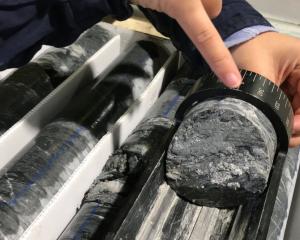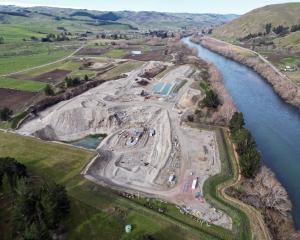
Alex Boast, of the long term ecology lab at Landcare Research in Lincoln, visited the Central Stories Museum last week to take samples of kakapo coprolites (droppings) and feathers from a kakapo nest found near Gibraltar Rock in 1987 during the construction of the highway from Clyde to Cromwell.
"That’s the only record of kakapo in the whole of the Central Otago region."
The nest had been carbon dated at about 2000 to 3000 years old.
Mr Boast would conduct DNA analysis on tiny samples from the coprolites and kakapo feathers.
"These feathers have still got colouration on them, so that’s quite remarkable."
DNA analysis enabled Mr Boast to "get whole profiles of plants, fungi, diseases", and was able to provide information on "the prehistoric ecology of kakapo".
"The coprolites are amazing because you now have a direct record of their behaviour — what they were eating — and possibly what they were feeding to chicks."
The analysis could provide new insights into the ancient environment of Central Otago.
"Around that time it was a sort of woody shrubland. But it was still very arid, so it was really just a very low forest, perhaps just in the river gorges. But on the higher regions it would have, at most, been quite low shrubs and herbs."
Museum general manager Maurice Watson said research of this type demonstrated the importance of museum collections.
"The research that’s been happening on coprolites, for example, has only really come off in the past 10 years or so, based on new technologies. But a lot of these specimens were collected decades ago, so it has required a huge amount of forward thinking to retain a lot of these specimens."
- Simon Henderson












